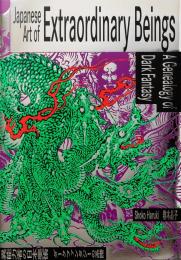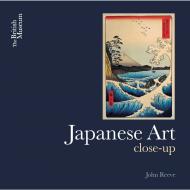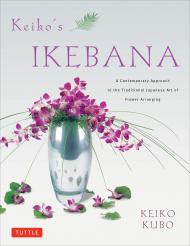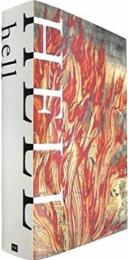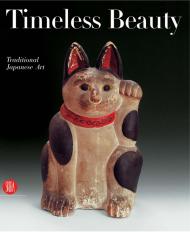Demons, sorcerers, ninjas……explaining the origins of Japan’s dark heroes from the perspective of Japanese art.
In many “dark fantasy” manga and anime, which are hugely popular today, characters use extraordinary abilities to carve out their destiny.
In Japanese art, too, characters who can be seen as prototypes of those manga and anime characters with extraordinary abilities, such as sorcerers or samurai who control magical beasts, have often been depicted. There are also works here and there, such as giants who slay demons and eat humans, or people whose hands stretch, that are reminiscent of world famous artworks. This timeless collection focuses mainly on creatures with “extraordinary abilities” who appear in ghost stories and legends from the Edo period and explains the current trends behind anime and manga.
Chapter I: Lineage of Figures with Supernatural Abilities
・The Gathering and Revelry of Supernatural Figures; Arhats, Immortal Hermits, Sorcerers, Japanese Mythological Deities
Chapter II: Astounding Physical Performances
・Shape-shifting and Extraordinary Mobility of Beings, Falling between Humans and Non-humans
Chapter III: Threatening Natural Phenomena
・Disastrous Destructibility of Fire, Water, Wind, Thunder, Light
Chapter IV: Concert of Beasts
・Terrifying yet Dependable Companions; Fierce, Mythical, Divine and Supernatural Beasts
Chapter V: Profusion of Supernatural Beings
・Embodiments of Human Desires of Flight, Cloning Selves, Curses, Enchantment
Chapter VI: Fantastical Battles
・Overflow of Life and Imagination; Demon-slaying, Dragon-slaying, Sorcerers’ Duels, Grand Conflicts
About the Author:
Shoko Haruki was born in Hokkaido, Japan in 1986. After working at the Hokkaido Museum, Haruki has been curator at the Edo-Tokyo Museum since 2017 specializing in Japanese art history.
